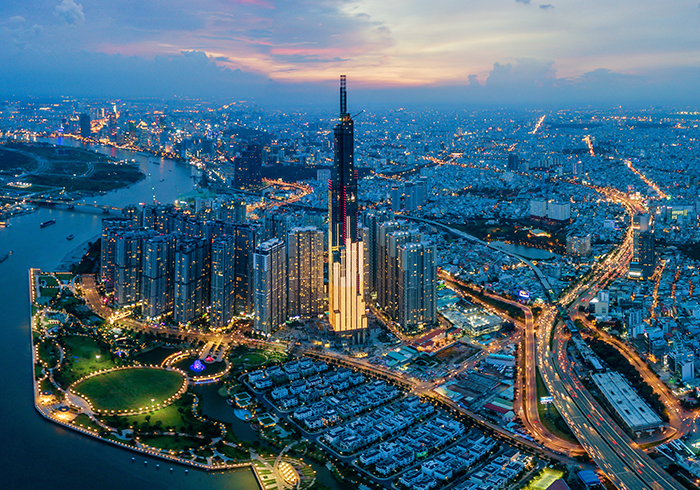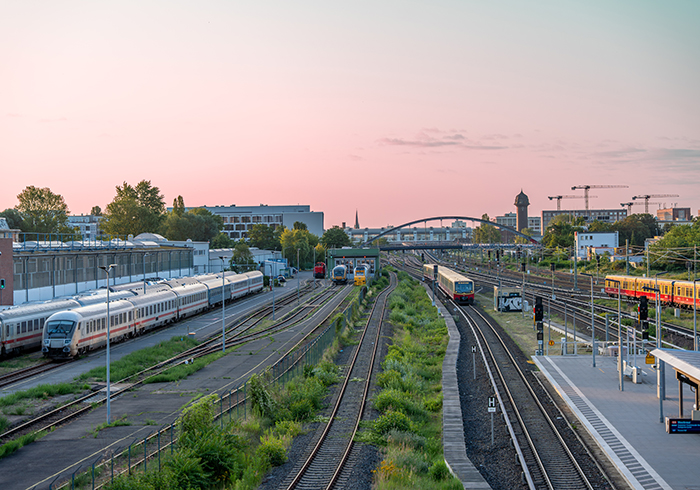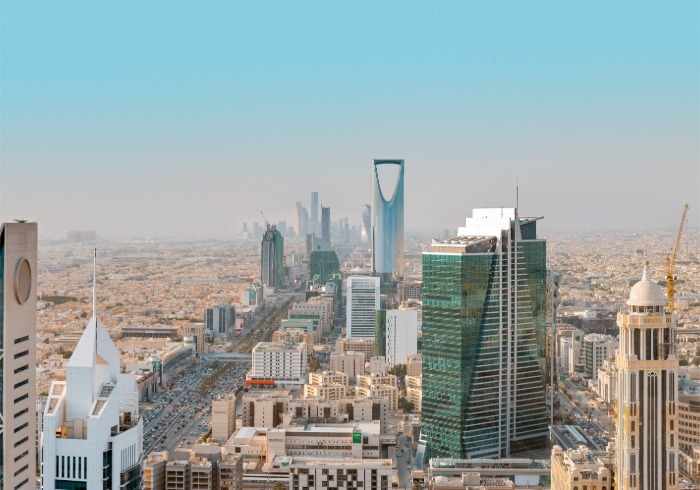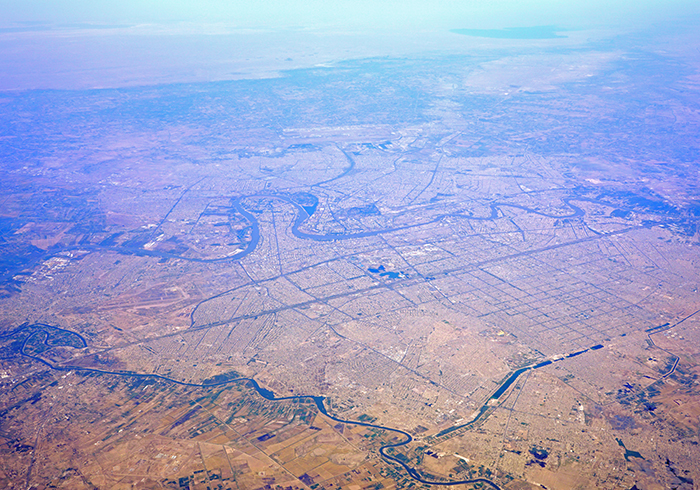Countries in Southeast Asia are the “most attractive” to foreign investors for low-cost labour and high human capital, but China’s manufacturing capabilities are still a draw despite moves to diversify away from the nation, fresh analysis has found.
According to risk consultancy Verisk Maplecroft, Vietnam is the best-performing Southeast Asian country, ranking number 13 on a combined index that measures labour costs and the quality and availability of human capital.
Maplecroft’s Cost of Labour Index and Human Capital Availability Index rank 192 countries, assessing the workforce according to education, health, innovation and productivity.
Vietnam has benefited from the shift away from China in recent years and emerged as a hub for electronics, textiles and consumer goods, with average monthly wages remaining competitive even after rising 20% over the past five years, the firm says.
Yet despite the attempts of many businesses to diversify away from China to avoid investing solely in the country, especially via China plus one strategies, it is ranked number 24 and “remains deeply embedded within global supply chains”, the consultancy says.
China’s appeal is buoyed by the “quality of its workforce and still-competitive wage levels relative to advanced economies”, the firm says, but offset by manufacturing wages that have more than doubled over the past decade and geopolitical tensions.
“Finding locations that balance cost competitiveness with workforce capability is a rising challenge, as wages climb across developed and emerging economies alike, productivity slows and demographic pressures reshape workforce availability,” says Jess Middleton, senior analyst at Maplecroft.
“Recent US tariff proposals targeting a broader swathe of exporters have clouded the wider regional outlook for Southeast Asia, but it remains a highly important hub for supply chains.”
Among other Southeast Asian countries ranked highly on the index are Indonesia at number 17, the Philippines at 28, Thailand at 31 and Malaysia at 35.
However, Indonesia’s “complex regulatory environment, policy volatility and infrastructure challenges” are preventing it from attracting more investment, while Thailand is being hampered by slowing productivity growth and political instability.
India, meanwhile, is lagging behind in 72nd place. Despite the country’s “abundant labour force”, its score for human capital availability pulled down its overall ranking.
“Persistent underinvestment in education and healthcare, coupled with the emigration of highly skilled professionals, has limited the country’s ability to fully leverage its demographic advantages,” Maplecroft explains.
Cambodia is just behind India at 73, while Bangladesh ranks several places higher, at 64.
Top of the list overall was Georgia, followed by Kosovo, Micronesia and Armenia, but these countries are mainly options for companies with higher risk appetites, Maplecroft adds, due to their elevated levels of political risk.
Mexico remains a nearshoring favourite for the US, ranking 37th in the index, though uncertainty remains around the two countries’ trade relations.
Preferred nearshoring locations in Europe continue to be Poland, Romania, Hungary and Bulgaria, with high levels of education and EU regulatory stability – though Maplecroft notes that wages are rising and populations are ageing, particularly in Poland.
Advanced economies like South Korea, the US, Germany and Australia are bottom of the combined index due to their high cost of labour.
While Sub-Saharan Africa is the “most cost-competitive region” for labour, it ranks poorly for human capital, reflecting gaps in education and workforce development.
But Africa’s “demographic potential” is significant, the firm says. In Nigeria, Ethiopia and Tanzania, the working-age population is expected to expand by 40% to 60% in the coming decades.






